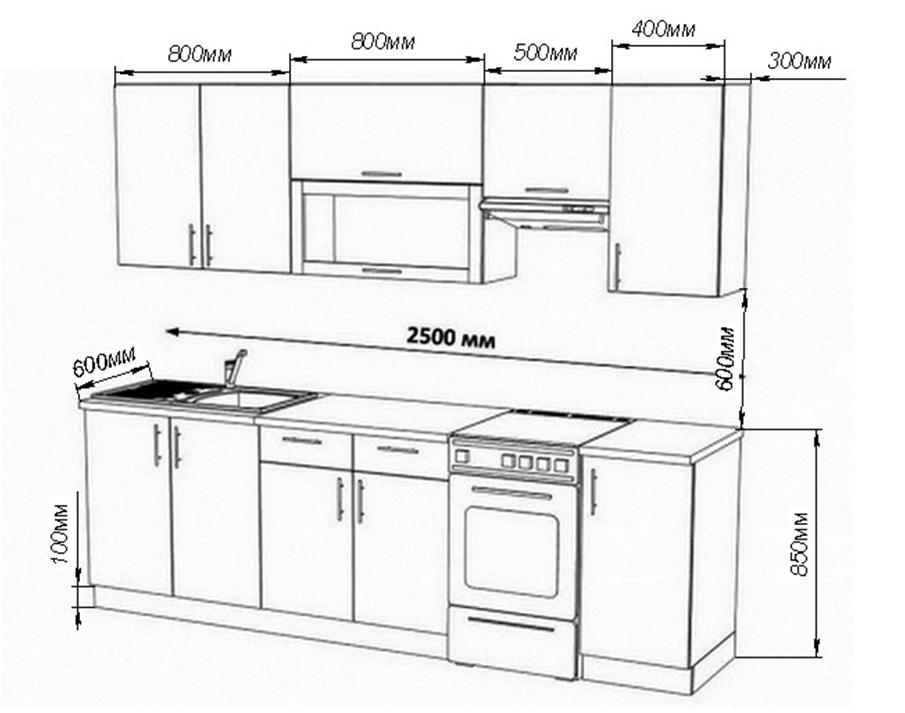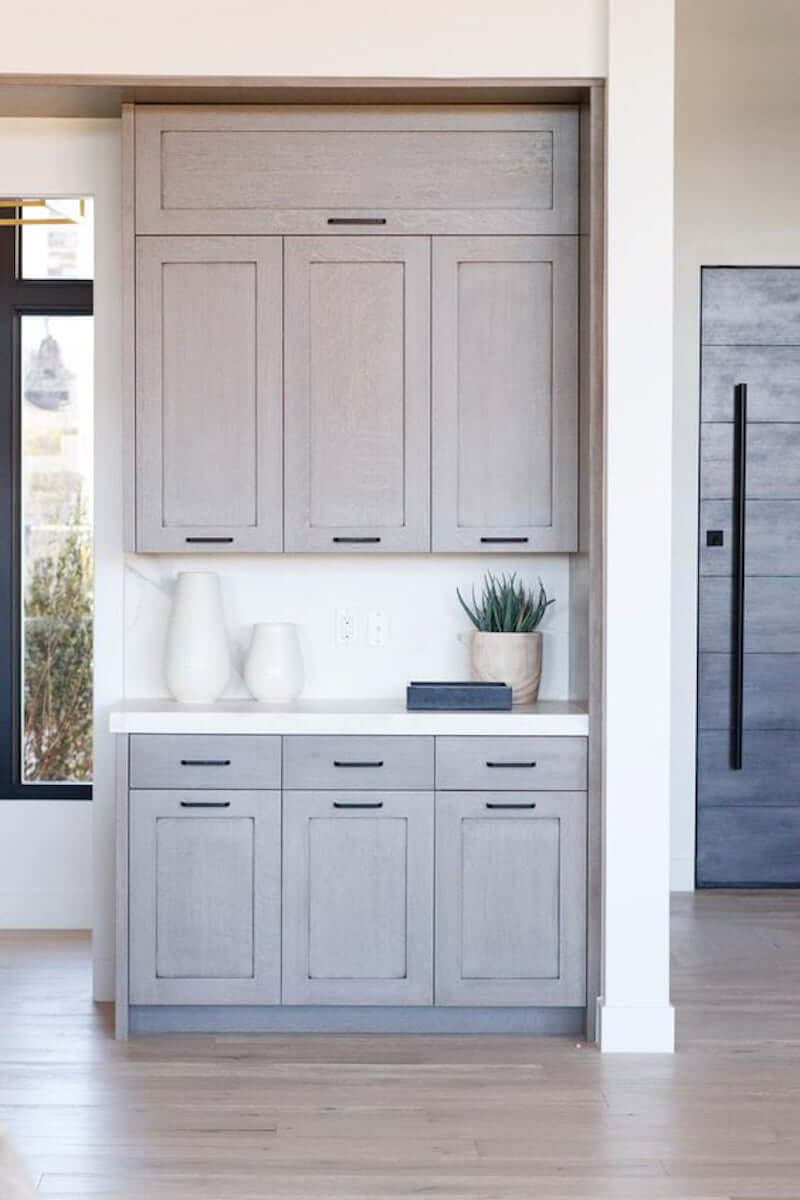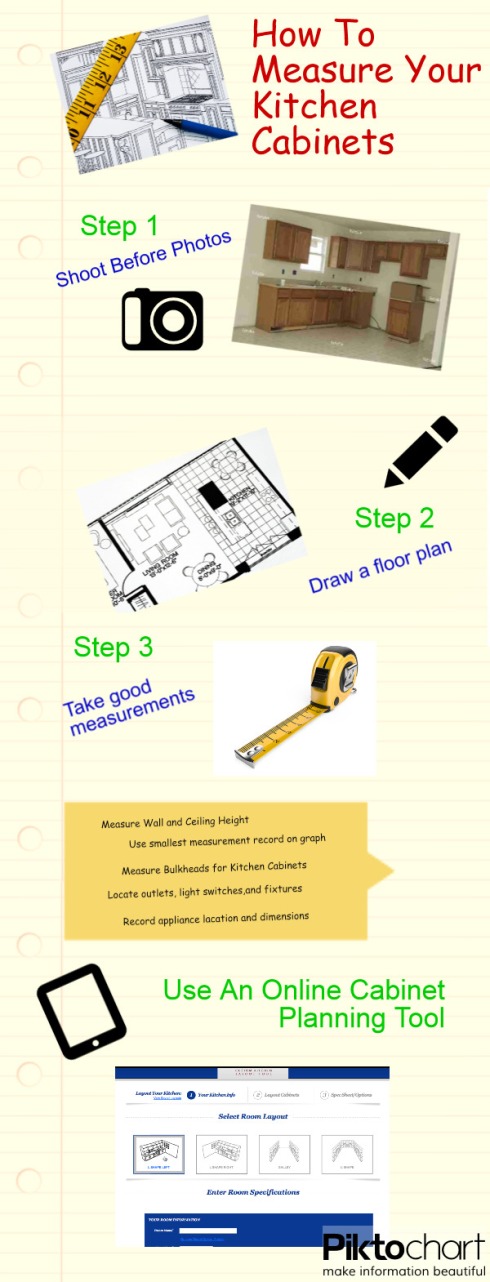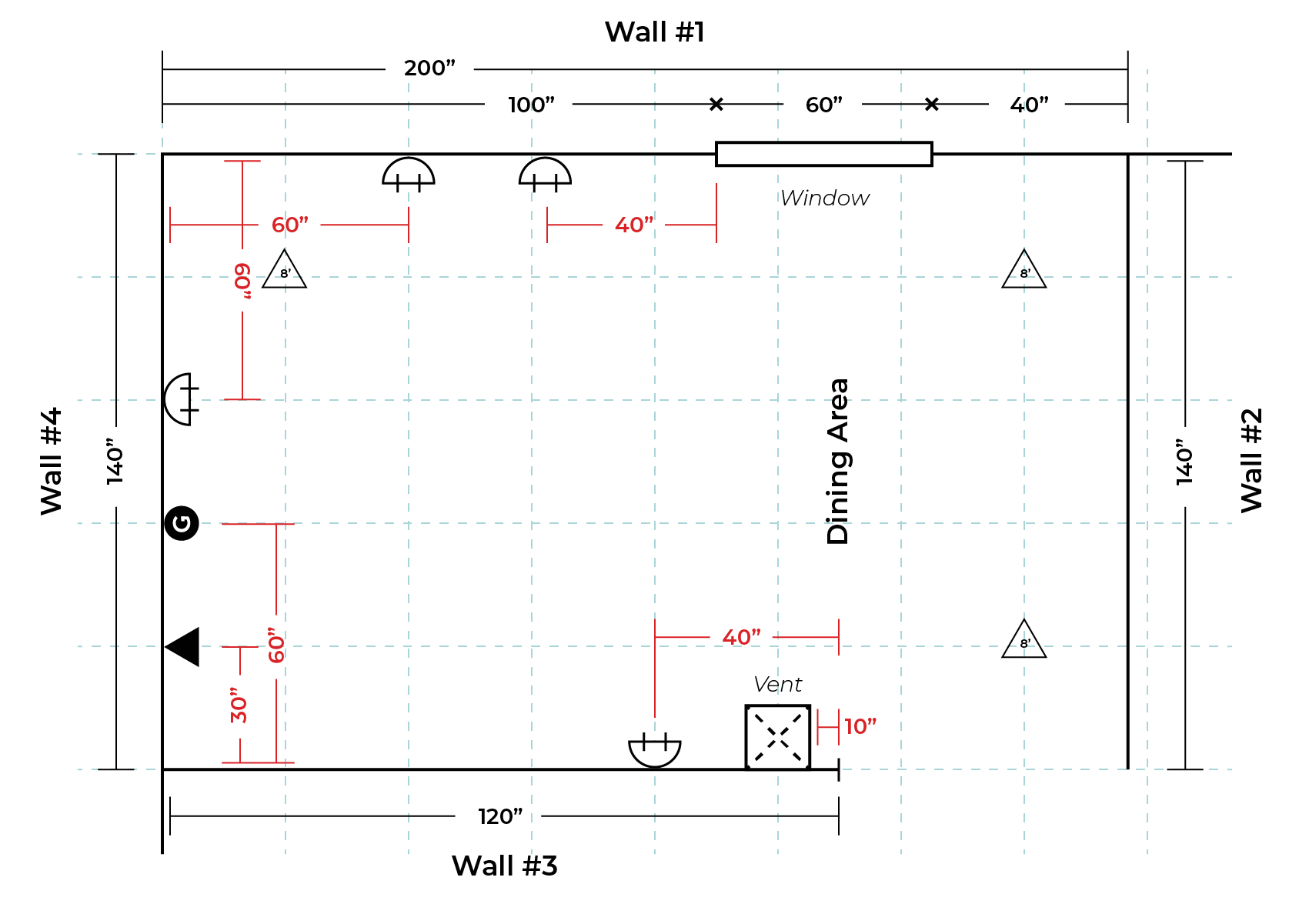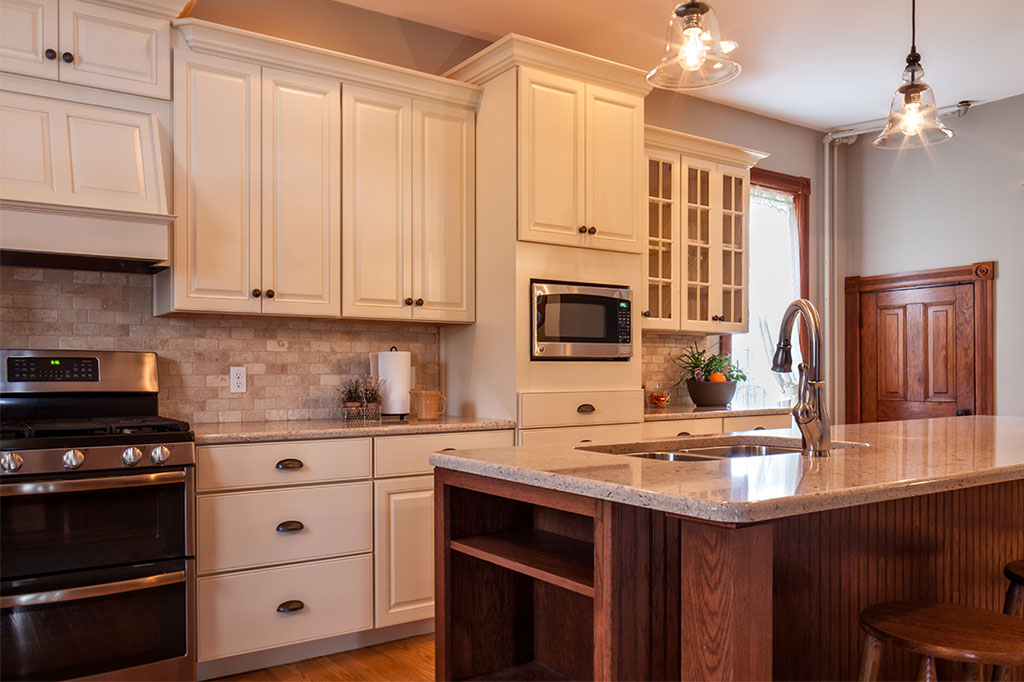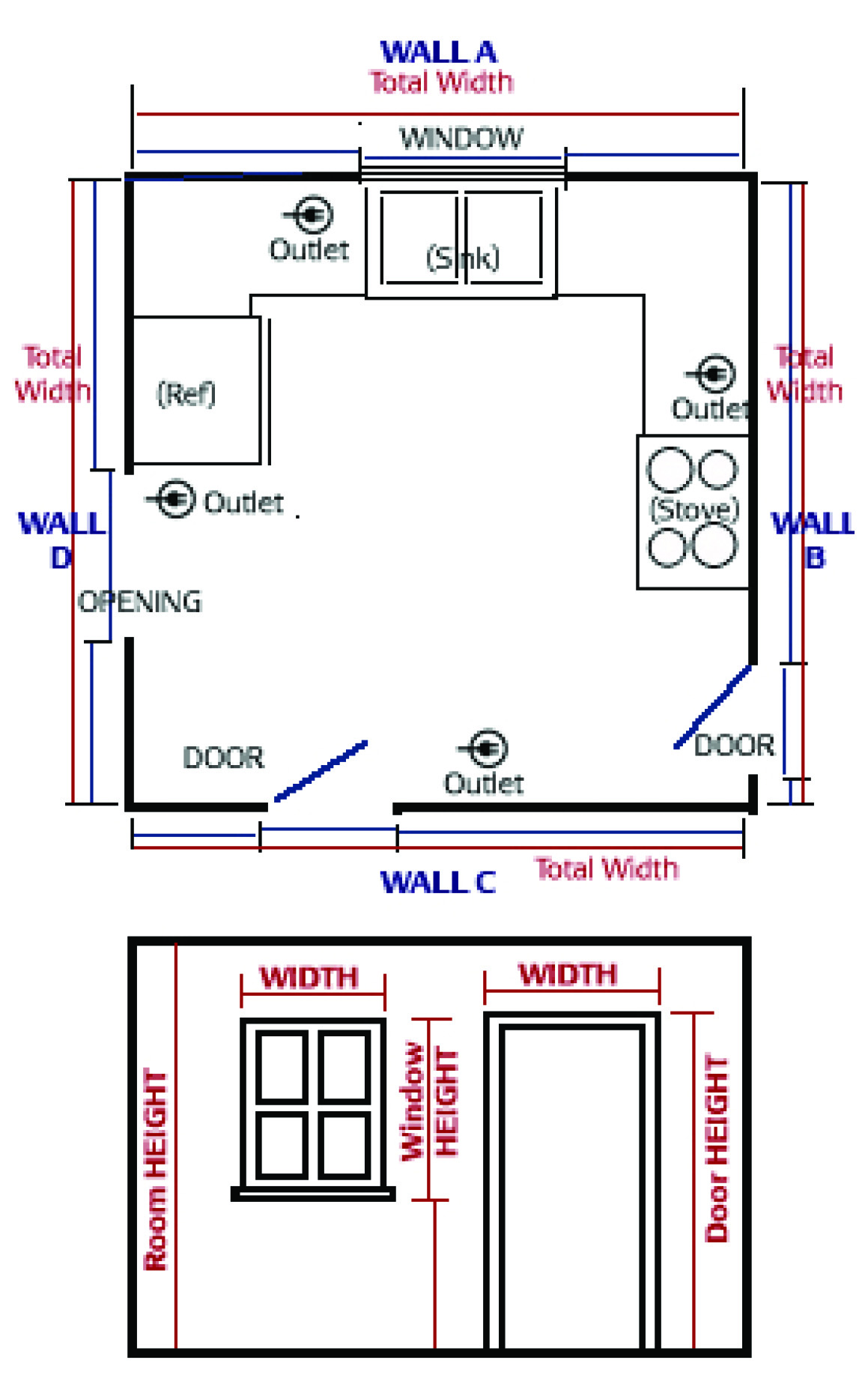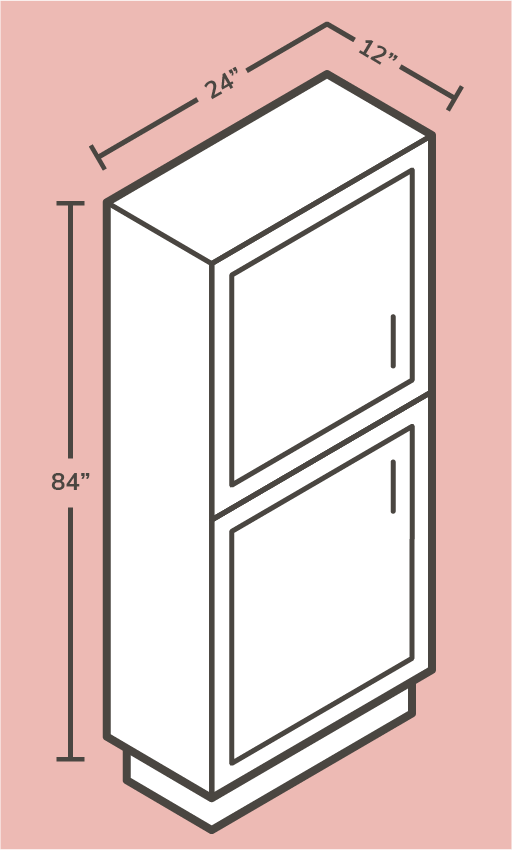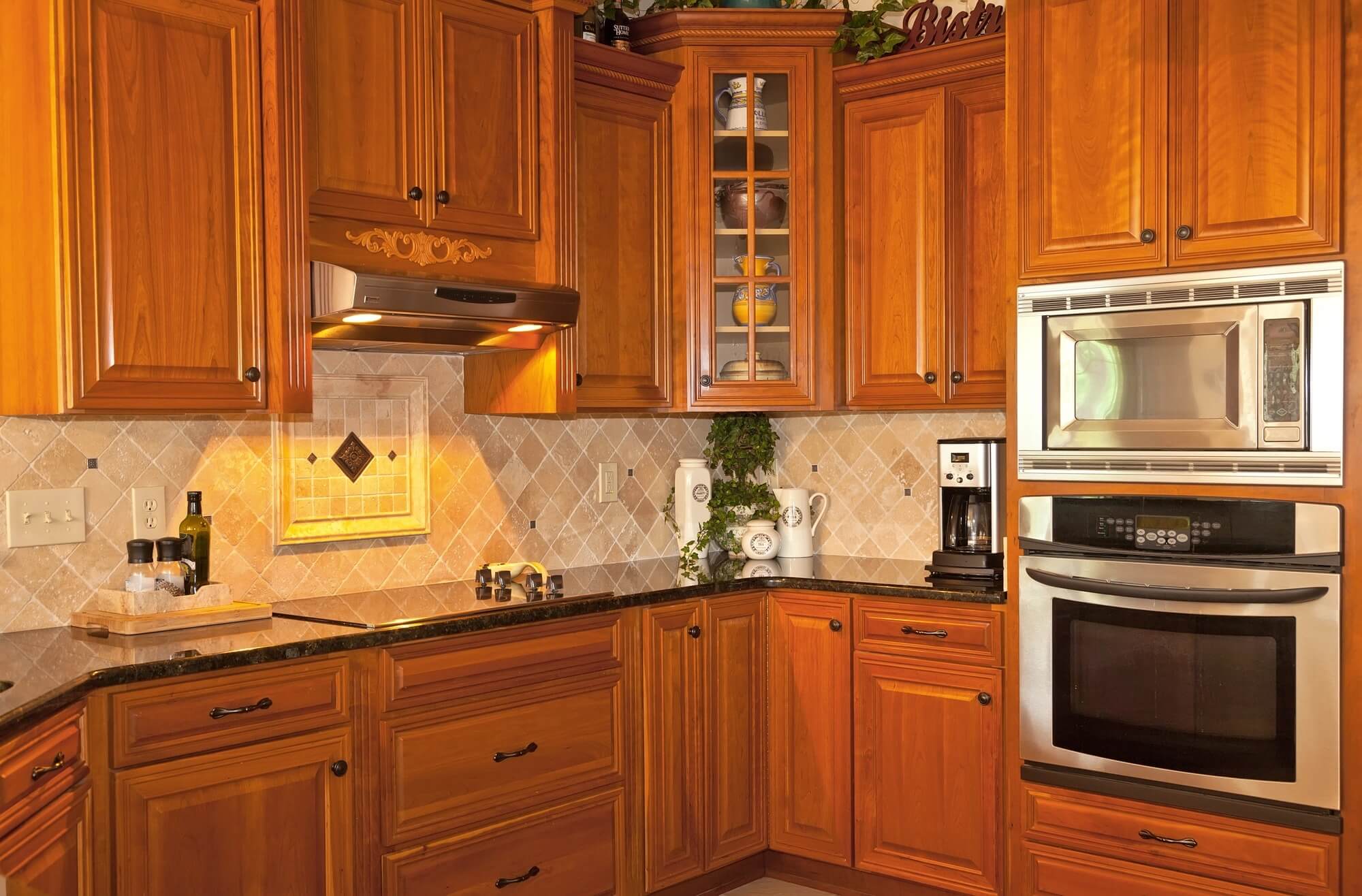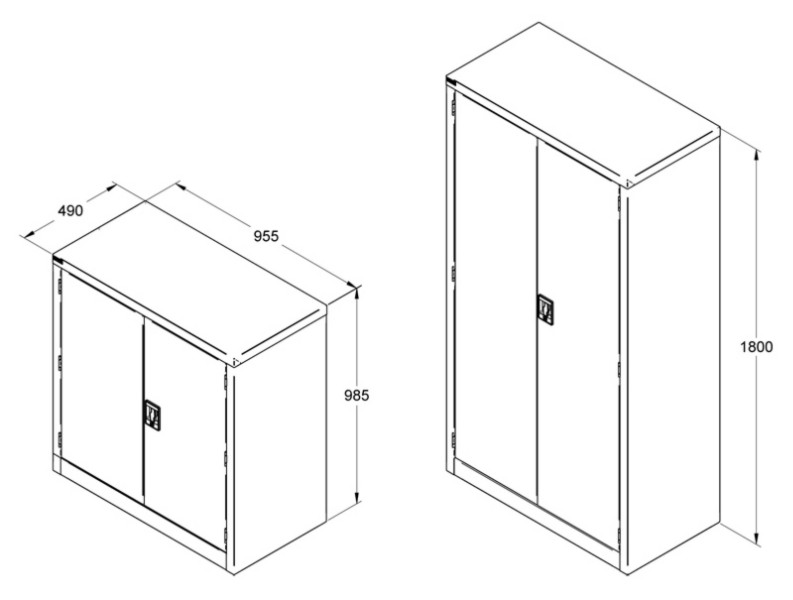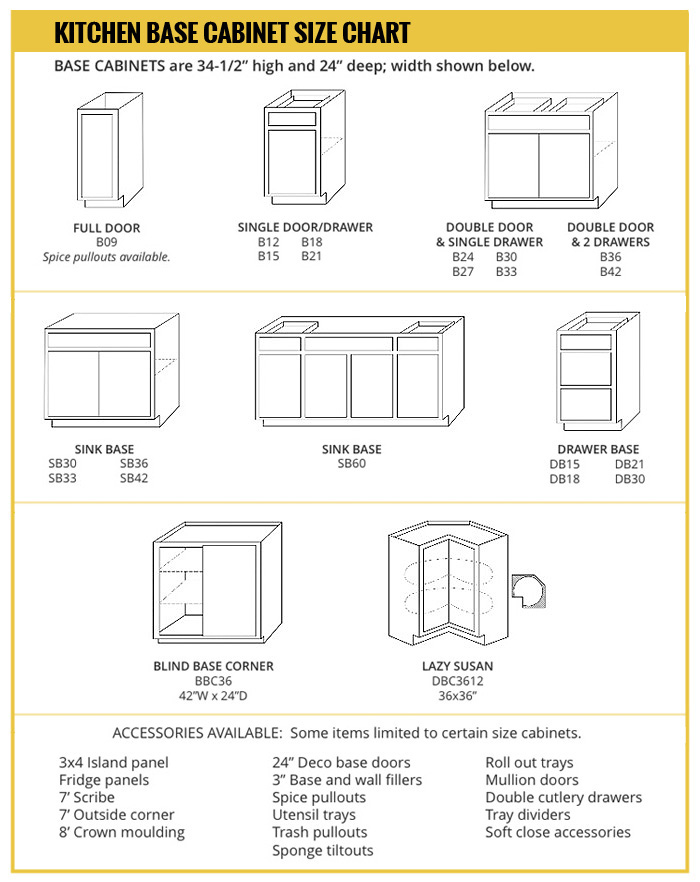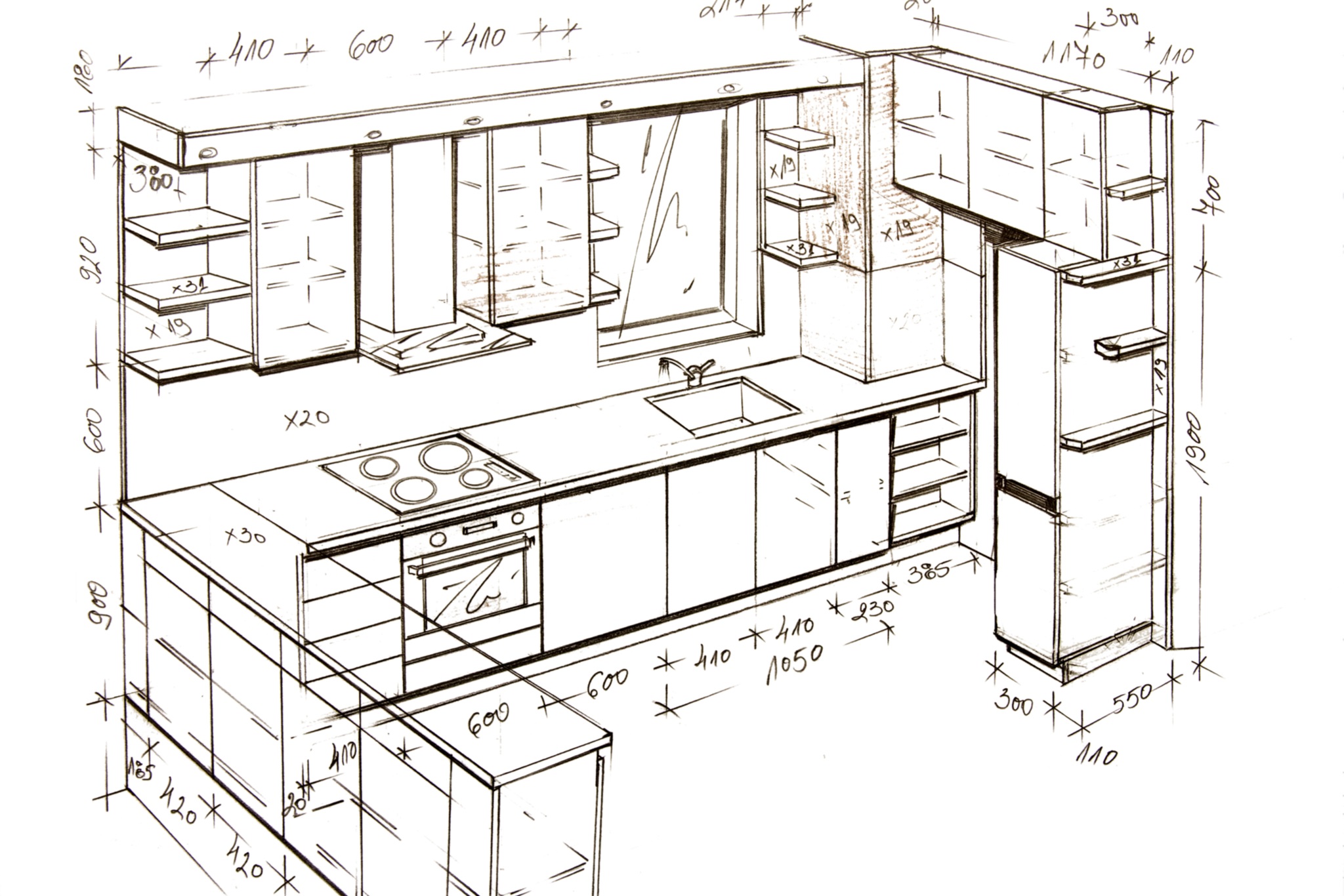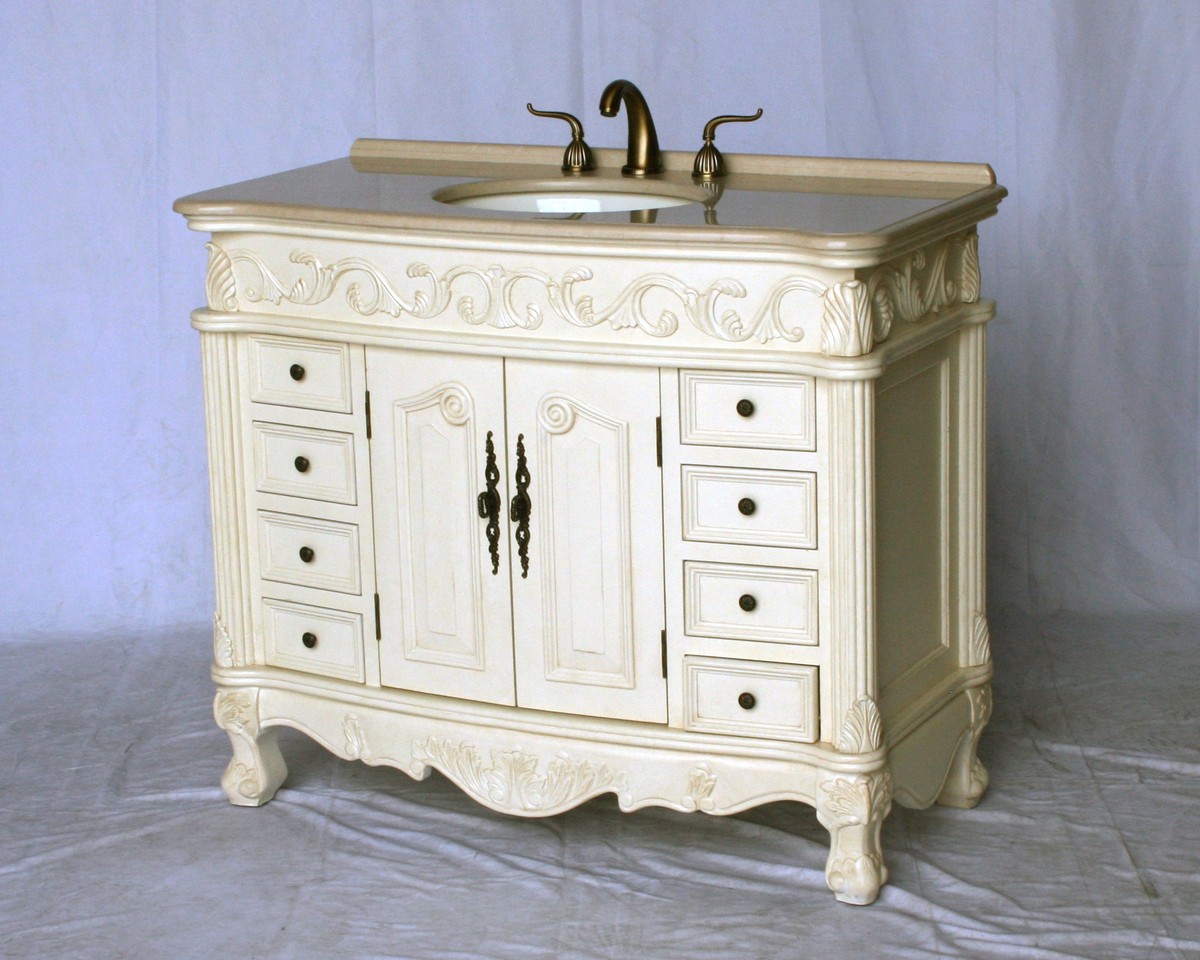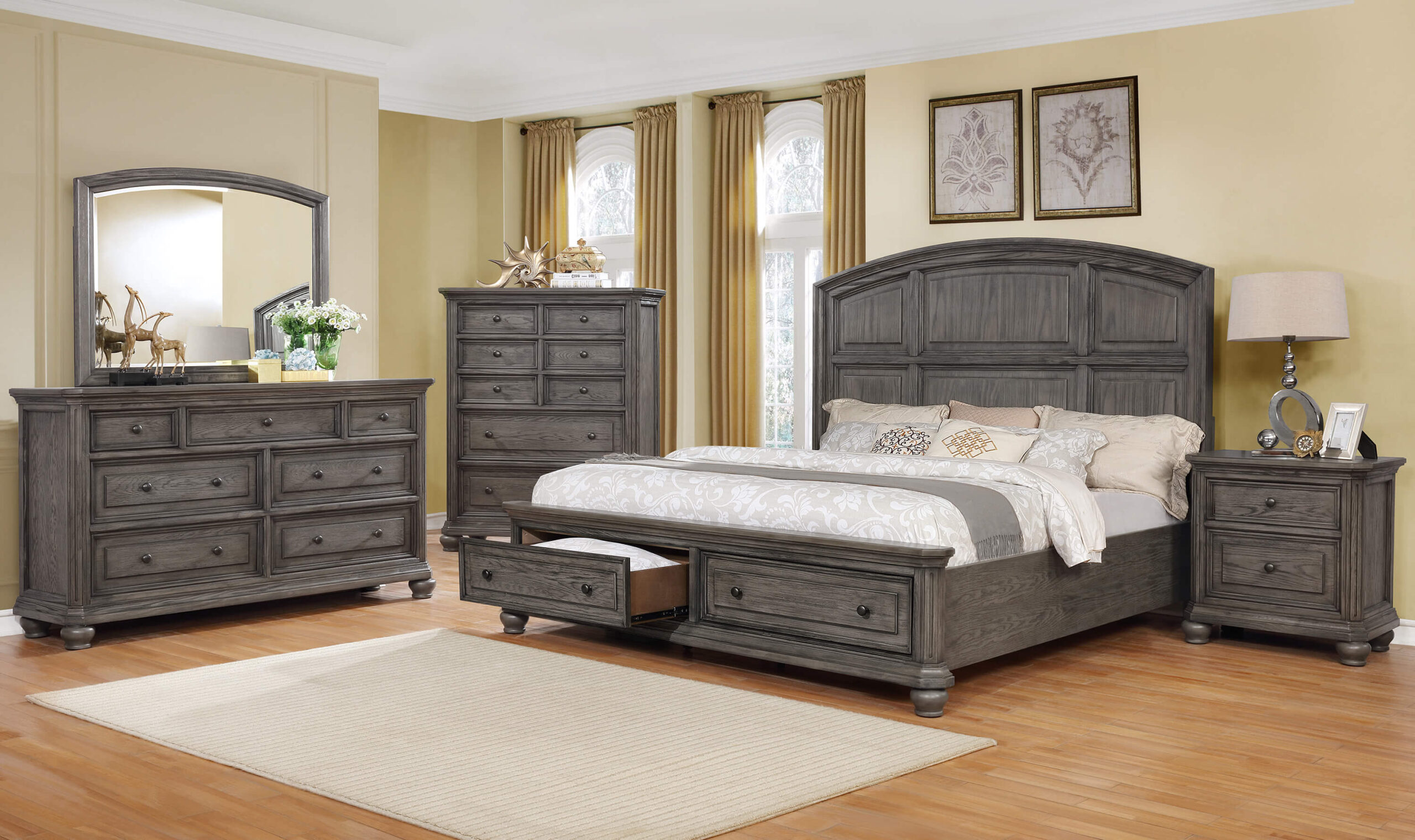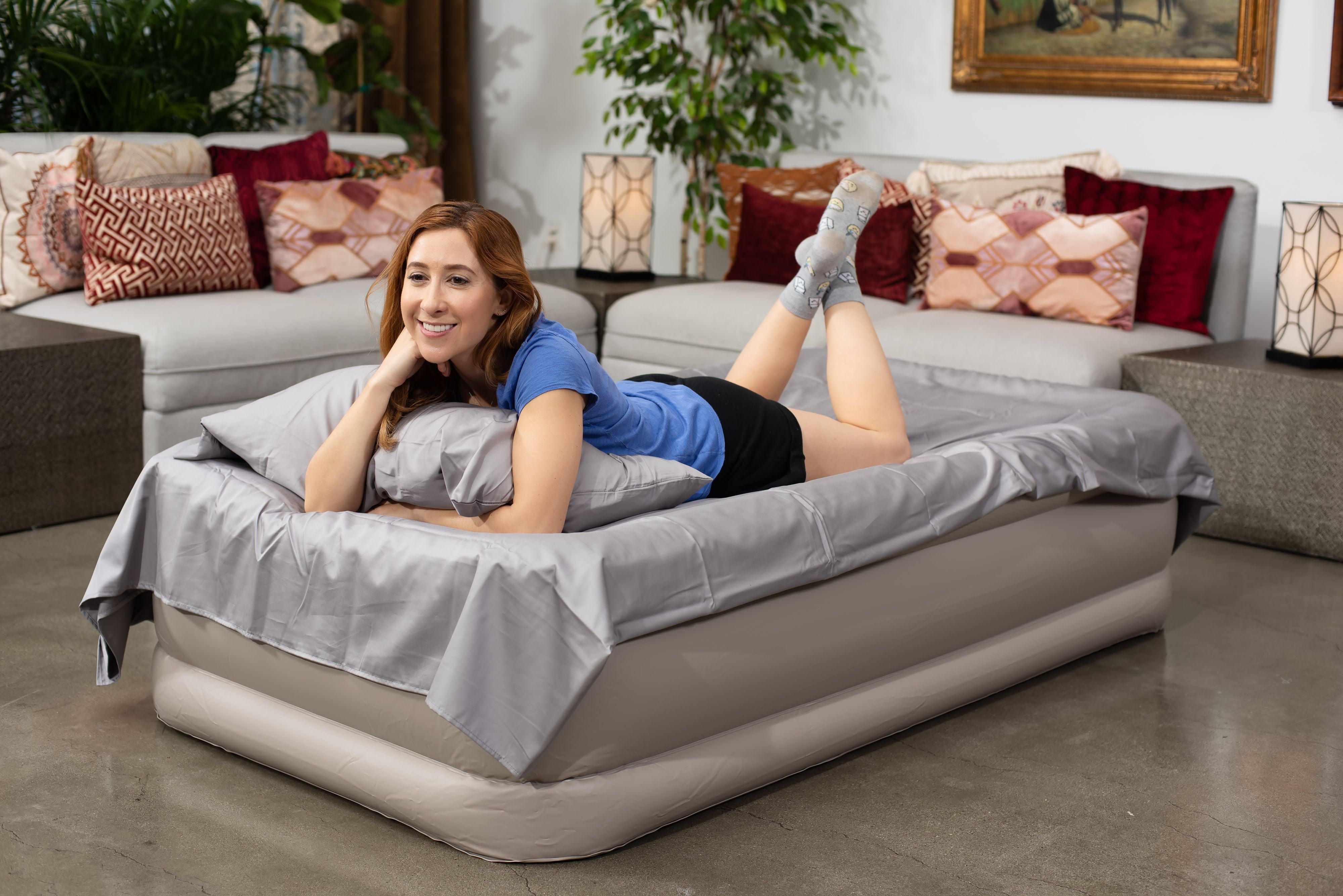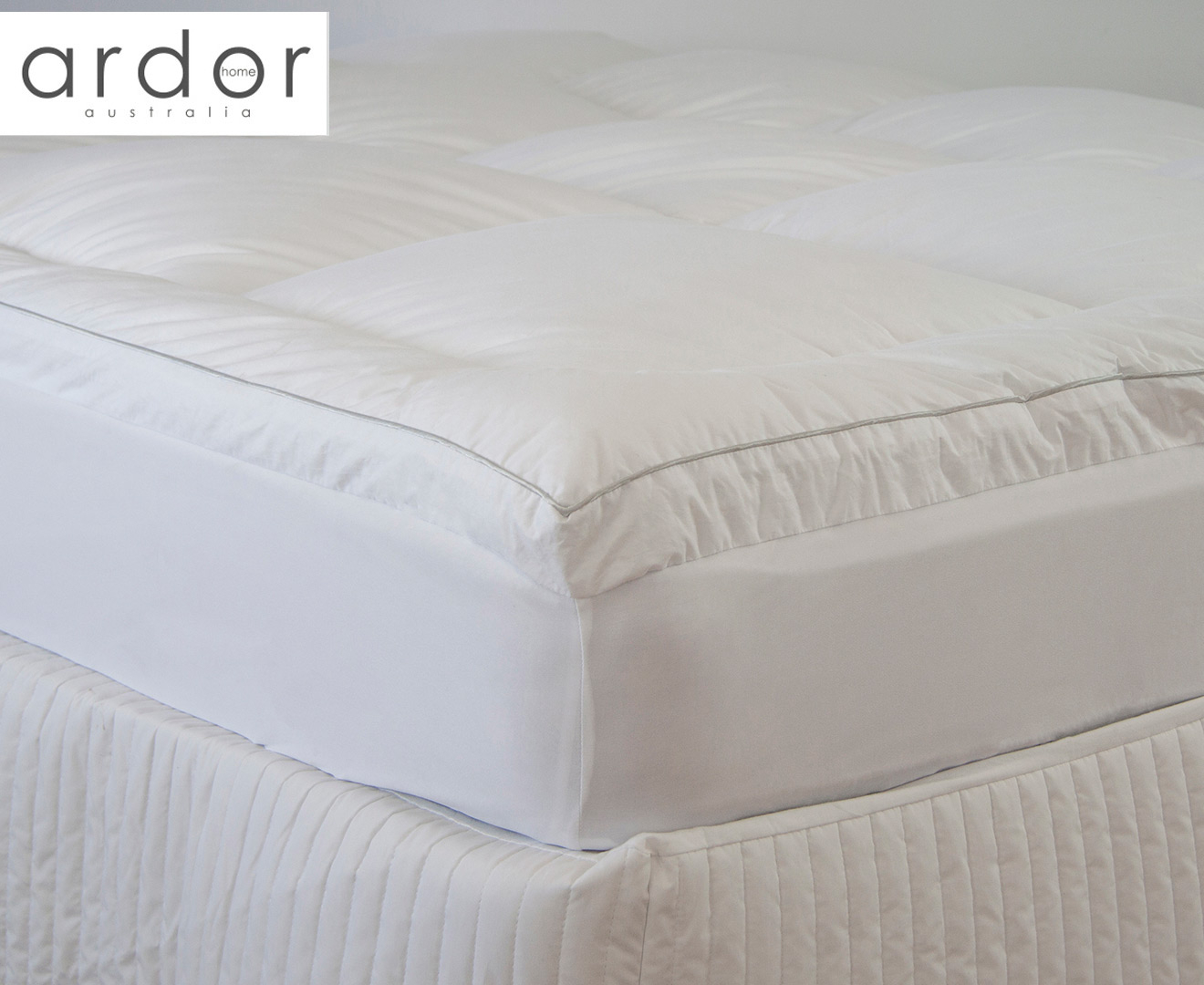1. Standard Kitchen Cabinet Sizes and Dimensions Guide
When it comes to kitchen design, one of the most important elements to consider is the size of your kitchen cabinets. Not only do they determine the overall look and feel of your kitchen, but they also play a crucial role in functionality and storage. To help you make the best decisions for your kitchen, we’ve put together a guide to the standard sizes and dimensions of kitchen cabinets.
2. How to Measure for Kitchen Cabinets
Before you can start shopping for kitchen cabinets, you need to know the exact measurements of your kitchen. This will ensure that you choose the right size and style of cabinets that will fit perfectly into your space. To get accurate measurements, it’s important to follow a few simple steps. First, measure the length and width of your kitchen walls. Then, measure the height of your kitchen from the floor to the ceiling. Finally, measure the depth of your countertops. These measurements will give you an idea of the size of cabinets that will work best in your kitchen.
3. Kitchen Cabinet Dimensions: Your Guide to the Standard Sizes
When it comes to kitchen cabinet dimensions, there are a few standard sizes that you should keep in mind. Base cabinets typically come in 24-inch, 30-inch, and 36-inch widths, while wall cabinets are usually 12 inches deep and 30 inches high. The standard height for base cabinets is 34.5 inches, while wall cabinets are usually 12 inches deep and 30 inches high. By keeping these standard dimensions in mind, you can easily plan your kitchen layout and choose the right size cabinets for your needs.
4. Kitchen Cabinet Sizes and Specifications Guide
While the standard sizes mentioned above are the most common, it’s important to note that there are also a variety of other sizes and specifications available for kitchen cabinets. For example, you can find base cabinets with widths of 12, 15, 18, and 48 inches, as well as wall cabinets with heights of 12, 15, 18, 24, and 42 inches. Additionally, you can choose from different depths and configurations to suit your specific needs and preferences.
5. How to Measure Your Kitchen for New Cabinets
If you’re planning on getting new kitchen cabinets, it’s important to measure your kitchen correctly. This will ensure that you get the right size cabinets and that they fit perfectly into your space. To measure your kitchen, start by creating a sketch of your kitchen layout. Then, measure the length and width of each wall, as well as the height of your kitchen from the floor to the ceiling. Also, measure the width and height of any windows and doors in your kitchen. These measurements will help you plan your cabinet placement and determine the size and style of cabinets you need.
6. Kitchen Cabinet Measurements: How to Measure Your Kitchen for Cabinets
Measuring your kitchen for cabinets may seem like a daunting task, but it’s actually quite simple. By following a few simple steps, you can ensure that you get accurate measurements for your cabinets. First, measure the length and width of your kitchen walls. Then, measure the height of your kitchen from the floor to the ceiling. Next, measure the depth of your countertops. Finally, measure the width and height of any windows and doors in your kitchen. These measurements will give you a good idea of the size and style of cabinets you need for your kitchen.
7. Kitchen Cabinet Dimensions: How to Measure Your Kitchen for Cabinets
When it comes to kitchen cabinet dimensions, it’s important to consider not only the size of your kitchen, but also your storage needs and preferences. For example, if you have a larger kitchen with a lot of counter space, you may opt for wider base cabinets to maximize storage. On the other hand, if you have a smaller kitchen, you may want to go with narrower base cabinets to save space. By taking all of these factors into account, you can choose the right cabinet dimensions for your specific needs.
8. Kitchen Cabinet Sizes and Measurements
When it comes to kitchen cabinet sizes and measurements, there are a few key things to keep in mind. First, always measure your kitchen accurately to ensure that you get the right size cabinets. Second, consider your storage needs and preferences when choosing the dimensions of your cabinets. And finally, don’t be afraid to mix and match different sizes and configurations to create a custom look and maximize your kitchen’s functionality.
9. How to Measure for Kitchen Cabinets: Tips and Tricks
Measuring for kitchen cabinets may seem like a daunting task, but with a few helpful tips and tricks, you can make sure you get accurate measurements for your space. First, always use a tape measure and measure in inches, as this is the standard unit of measurement for kitchen cabinets. Additionally, measure multiple times to ensure accuracy and write down your measurements as you go. And finally, don’t forget to consider the depth, height, and width of your cabinets to ensure a perfect fit in your kitchen.
10. Kitchen Cabinet Dimensions: What You Need to Know
In conclusion, knowing the standard sizes and dimensions of kitchen cabinets can help you make the best decisions for your kitchen design. By accurately measuring your kitchen and considering your storage needs and preferences, you can easily choose the right size cabinets to create a beautiful and functional space. So whether you’re renovating your kitchen or simply replacing old cabinets, keep these tips in mind to ensure that you get the perfect fit for your kitchen.
The Importance of Proper Kitchen Cabinet Design Measurements in House Design
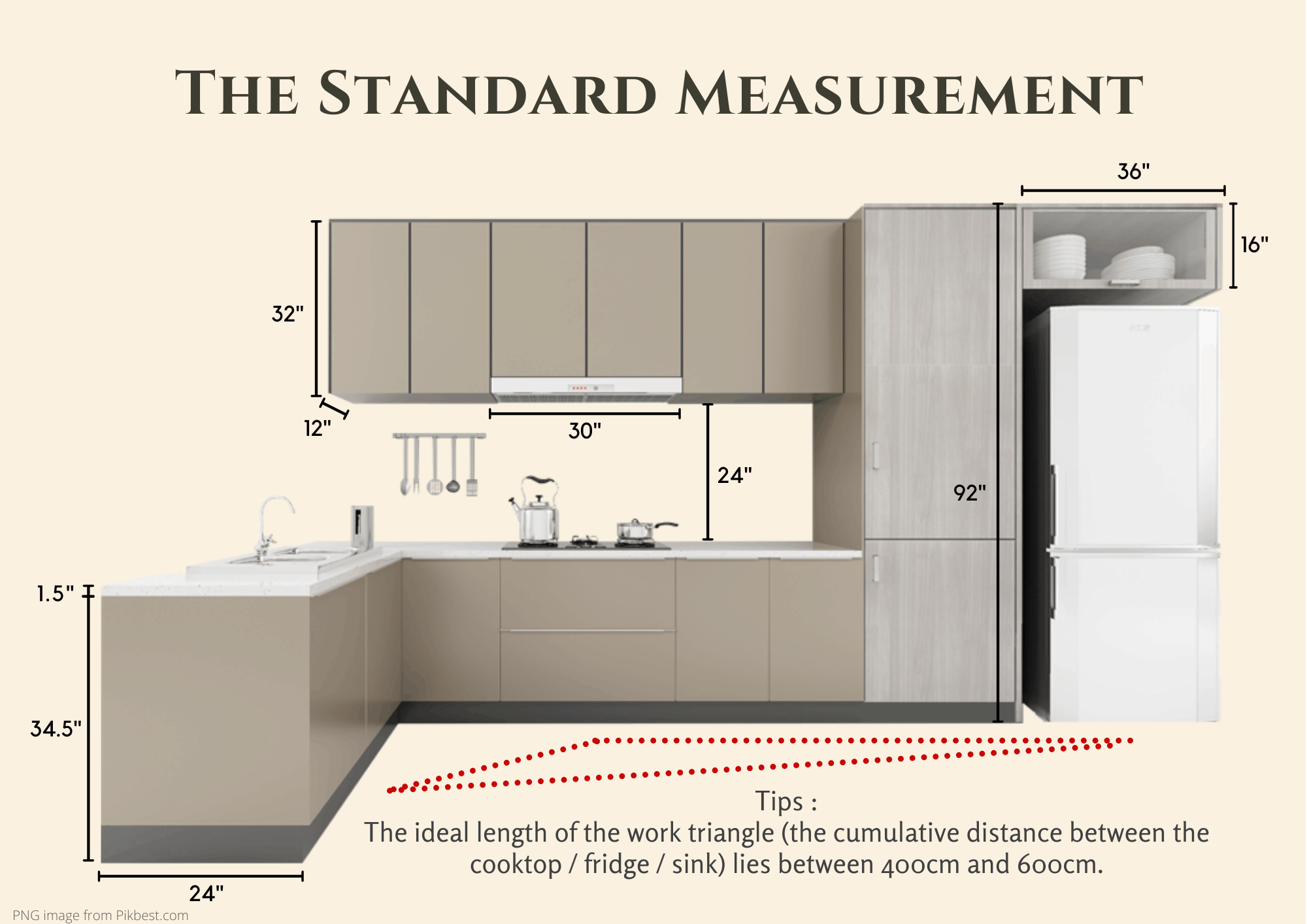
Why Kitchen Cabinets Matter
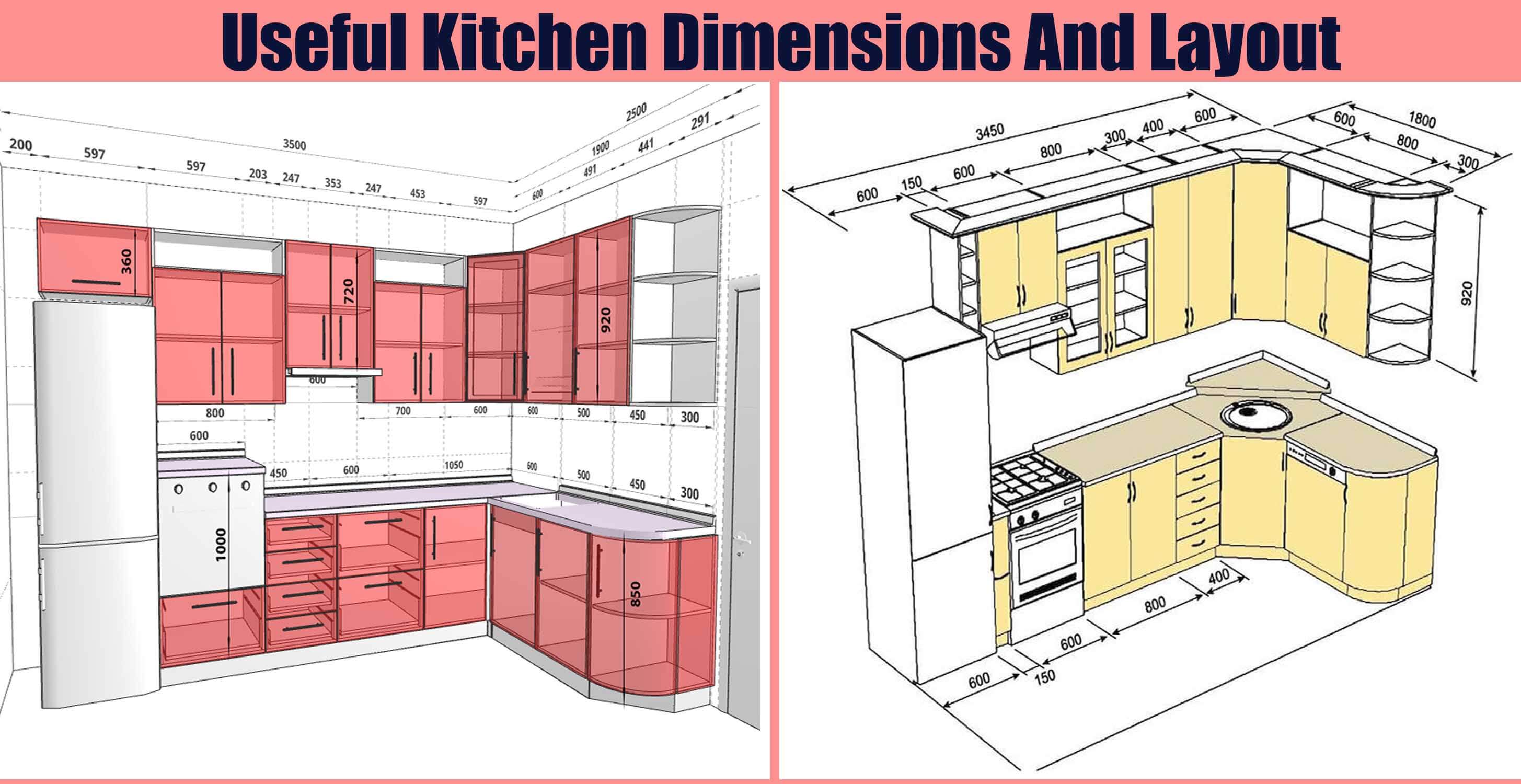 When it comes to designing your dream house, the kitchen is one of the most important rooms to consider. Not only is it a functional space for preparing meals, but it is also a place for gathering and creating memories with loved ones. With this in mind, it is crucial to pay attention to every detail in your kitchen, including the
cabinet design measurements
.
When it comes to designing your dream house, the kitchen is one of the most important rooms to consider. Not only is it a functional space for preparing meals, but it is also a place for gathering and creating memories with loved ones. With this in mind, it is crucial to pay attention to every detail in your kitchen, including the
cabinet design measurements
.
The Role of Kitchen Cabinets in Aesthetics and Functionality
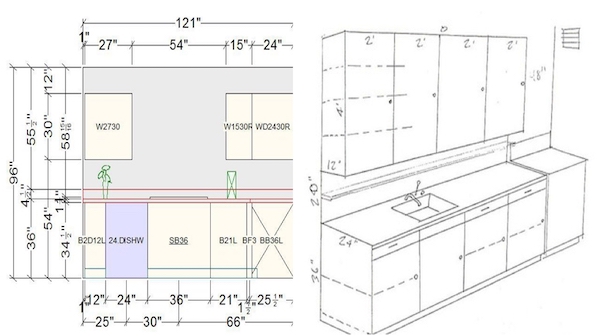 Kitchen cabinets play a significant role in the overall aesthetics and functionality of your kitchen. They not only provide storage for your cooking and dining essentials, but they also set the style and tone of the room. Whether you prefer a modern and sleek look or a traditional and cozy feel, the
kitchen cabinet design
can make or break the overall design of your house.
Kitchen cabinets play a significant role in the overall aesthetics and functionality of your kitchen. They not only provide storage for your cooking and dining essentials, but they also set the style and tone of the room. Whether you prefer a modern and sleek look or a traditional and cozy feel, the
kitchen cabinet design
can make or break the overall design of your house.
The Importance of Accurate Measurements
 Accurate
kitchen cabinet measurements
are essential for a well-designed kitchen. Improper measurements can result in ill-fitting cabinets that not only look out of place but also hinder the functionality of your kitchen. For example, cabinets that are too small may not provide enough storage space, while cabinets that are too big can make the room feel cramped and claustrophobic.
Accurate
kitchen cabinet measurements
are essential for a well-designed kitchen. Improper measurements can result in ill-fitting cabinets that not only look out of place but also hinder the functionality of your kitchen. For example, cabinets that are too small may not provide enough storage space, while cabinets that are too big can make the room feel cramped and claustrophobic.
Considerations for Designing Kitchen Cabinets
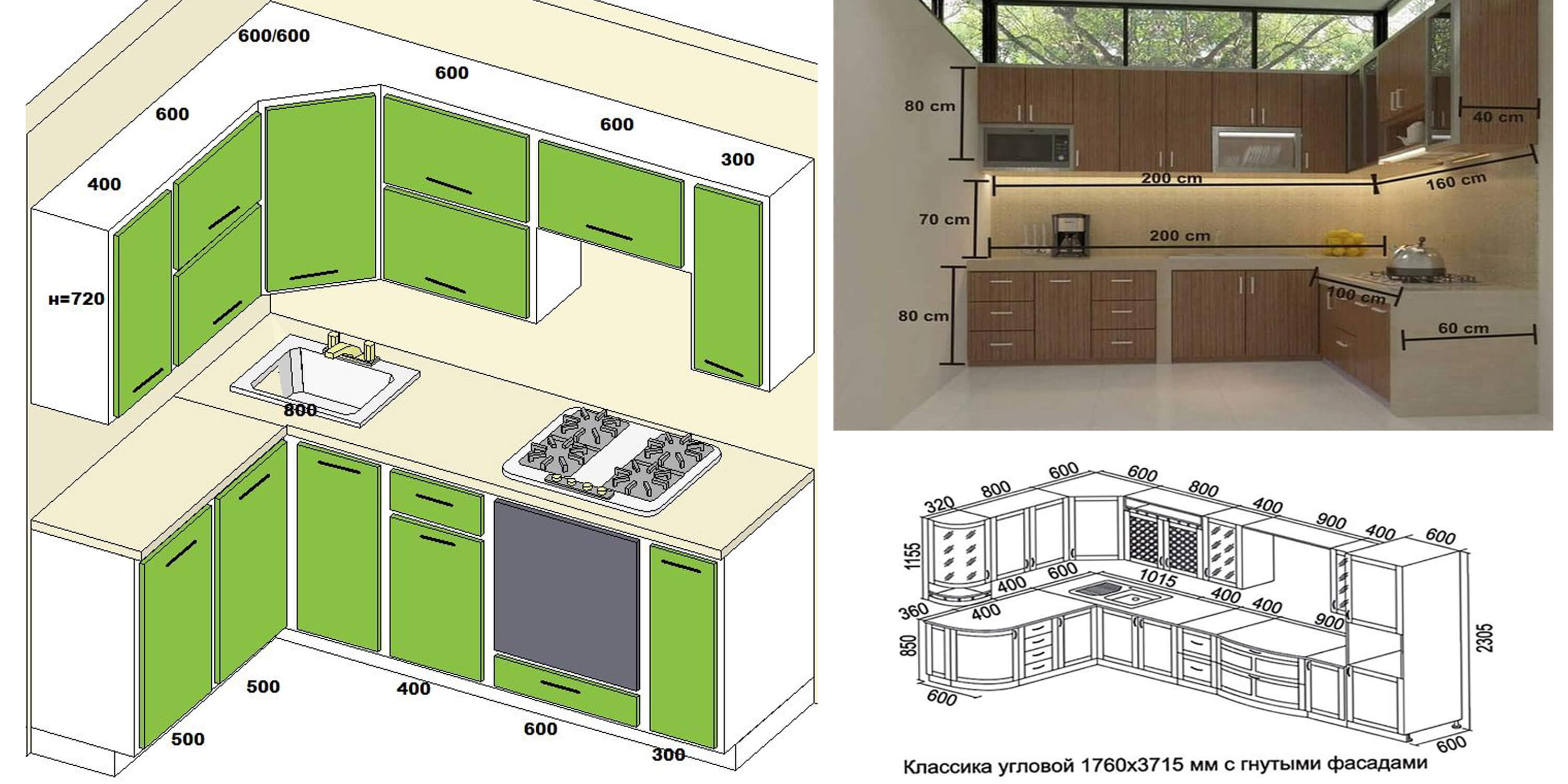 When designing your kitchen cabinets, there are several factors to consider. First and foremost, you must take precise measurements of the space where the cabinets will be installed. This includes measuring the height, width, and depth of the area. You should also consider the layout of your kitchen and the flow of traffic when determining the placement and size of your cabinets.
When designing your kitchen cabinets, there are several factors to consider. First and foremost, you must take precise measurements of the space where the cabinets will be installed. This includes measuring the height, width, and depth of the area. You should also consider the layout of your kitchen and the flow of traffic when determining the placement and size of your cabinets.
Seeking Professional Help
 While it may be tempting to take on the task of measuring and designing your own kitchen cabinets, it is highly recommended to seek professional help. Designers and contractors have the expertise and experience to ensure that your cabinets are accurately measured and properly installed. They can also offer valuable insights and suggestions to enhance the overall design and functionality of your kitchen.
While it may be tempting to take on the task of measuring and designing your own kitchen cabinets, it is highly recommended to seek professional help. Designers and contractors have the expertise and experience to ensure that your cabinets are accurately measured and properly installed. They can also offer valuable insights and suggestions to enhance the overall design and functionality of your kitchen.
In Conclusion
 In summary,
kitchen cabinet design measurements
are a crucial aspect of house design. They not only contribute to the overall aesthetics of your kitchen but also play a significant role in its functionality. Therefore, it is essential to pay attention to every detail and seek professional help to ensure accurate measurements and a well-designed kitchen that meets your needs and preferences.
In summary,
kitchen cabinet design measurements
are a crucial aspect of house design. They not only contribute to the overall aesthetics of your kitchen but also play a significant role in its functionality. Therefore, it is essential to pay attention to every detail and seek professional help to ensure accurate measurements and a well-designed kitchen that meets your needs and preferences.




:max_bytes(150000):strip_icc()/guide-to-common-kitchen-cabinet-sizes-1822029-tall-b54a33db9817449b8c4f12107d6b6874.png)

:max_bytes(150000):strip_icc()/guide-to-common-kitchen-cabinet-sizes-1822029-base-6d525c9a7eac49728640e040d1f90fd1.png)

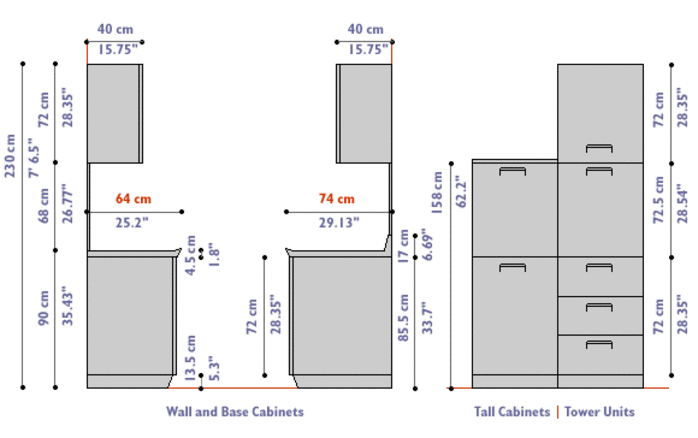
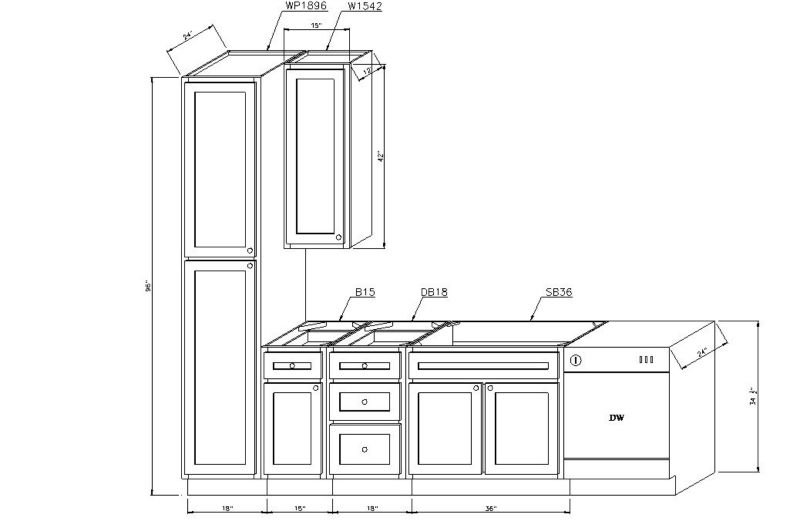
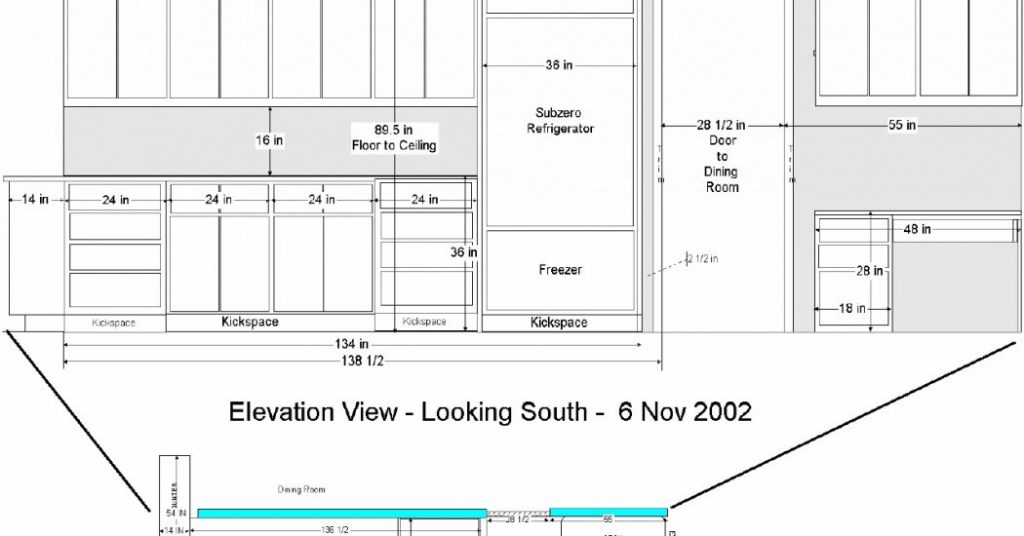




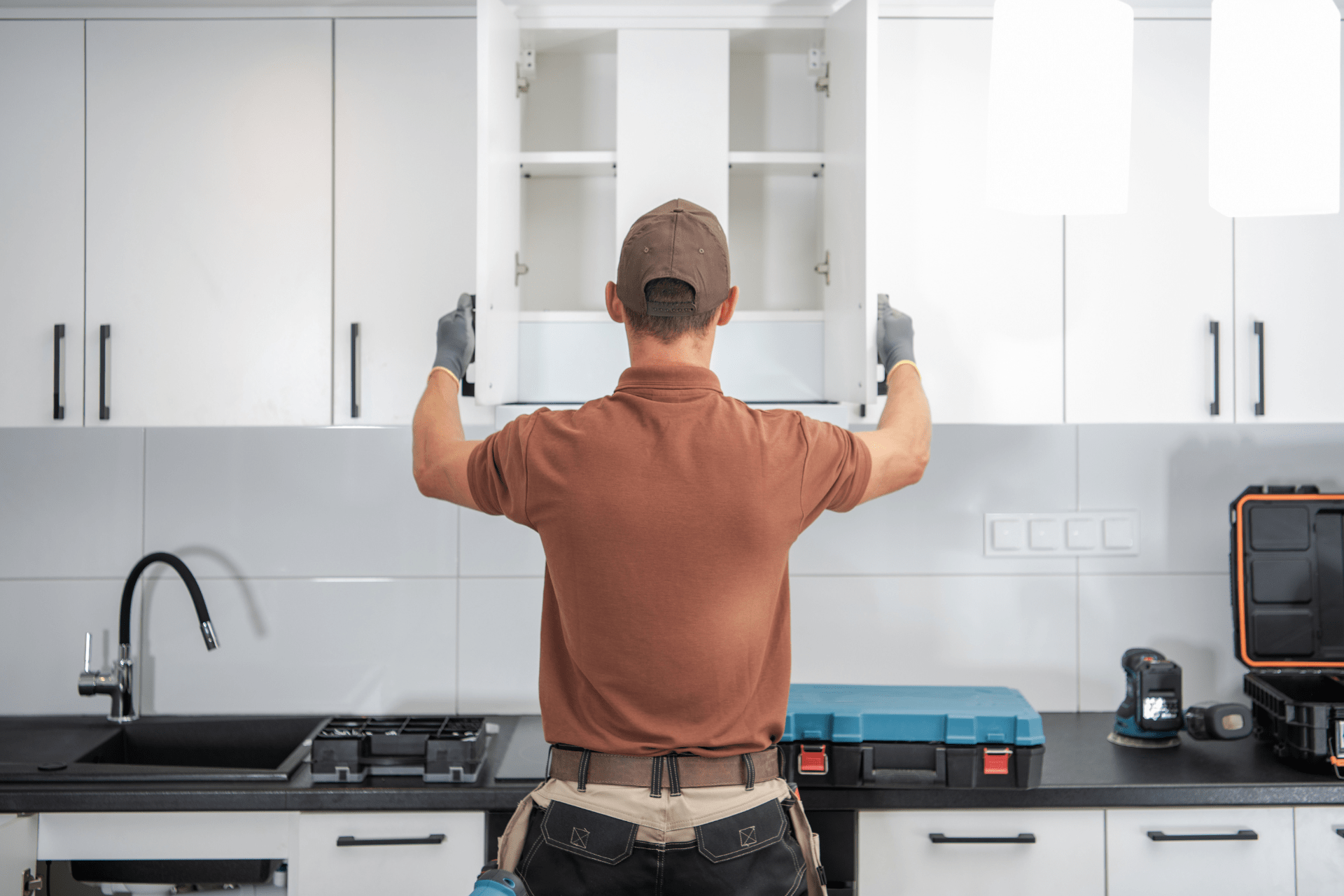



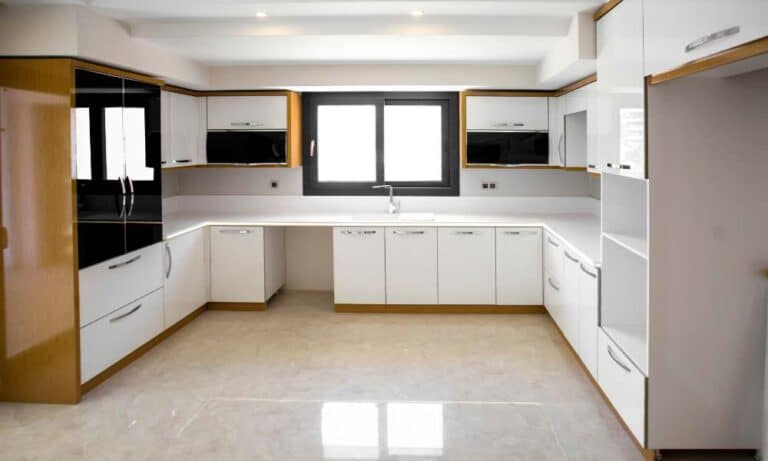

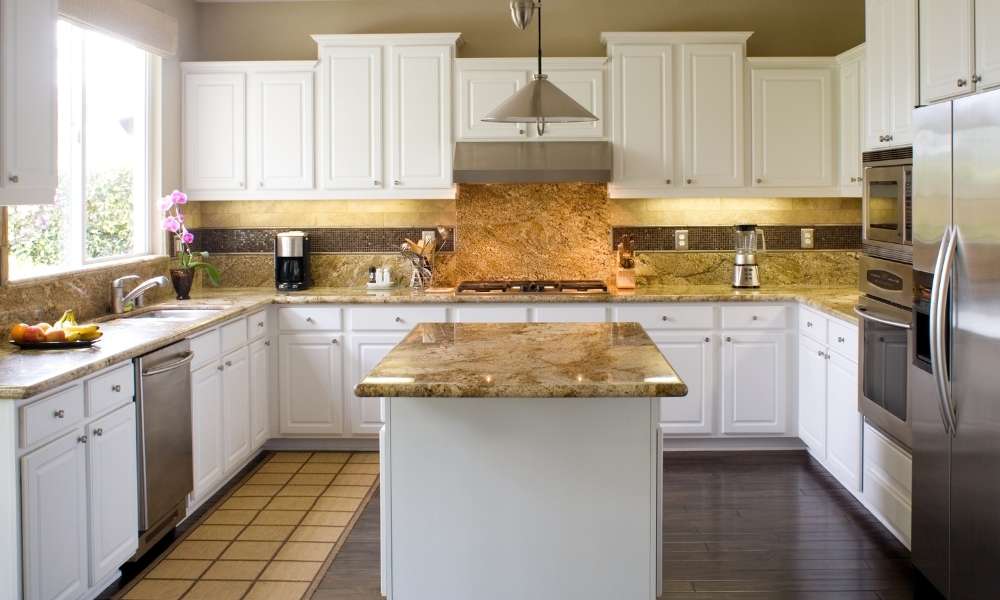




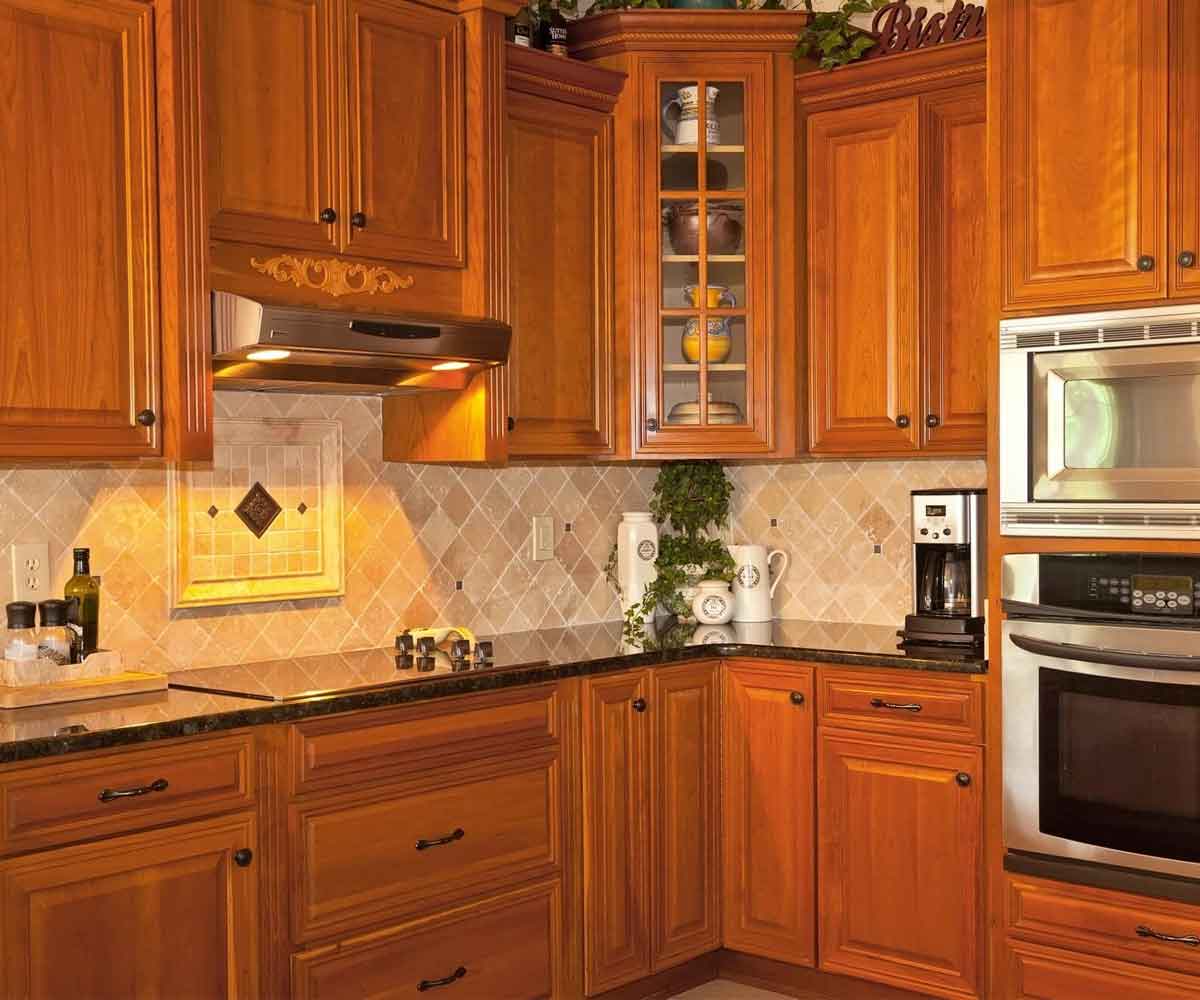
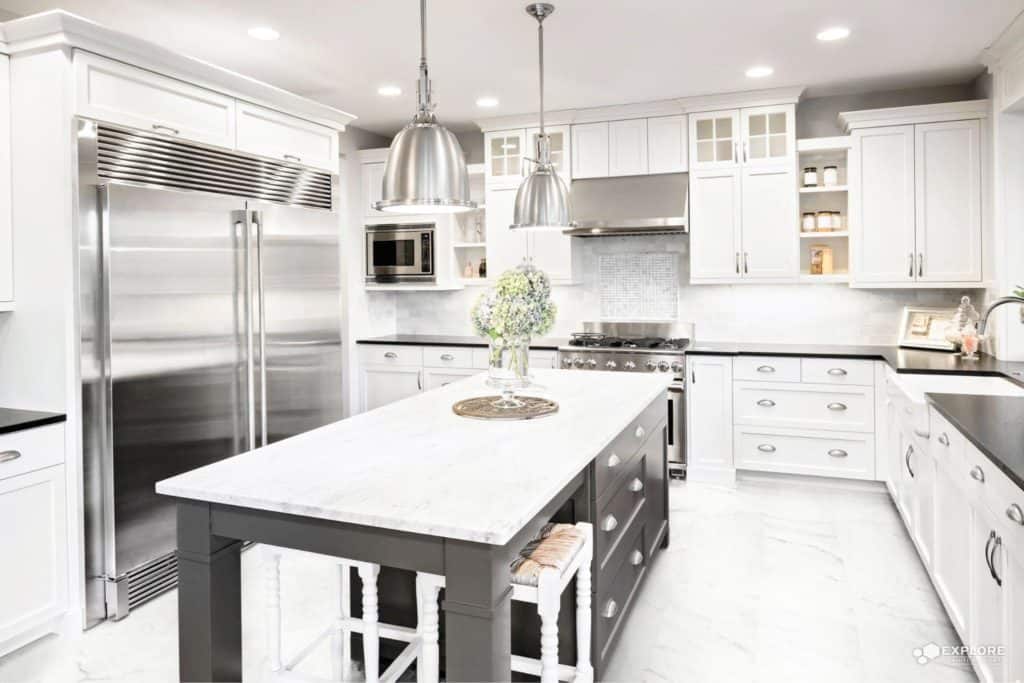
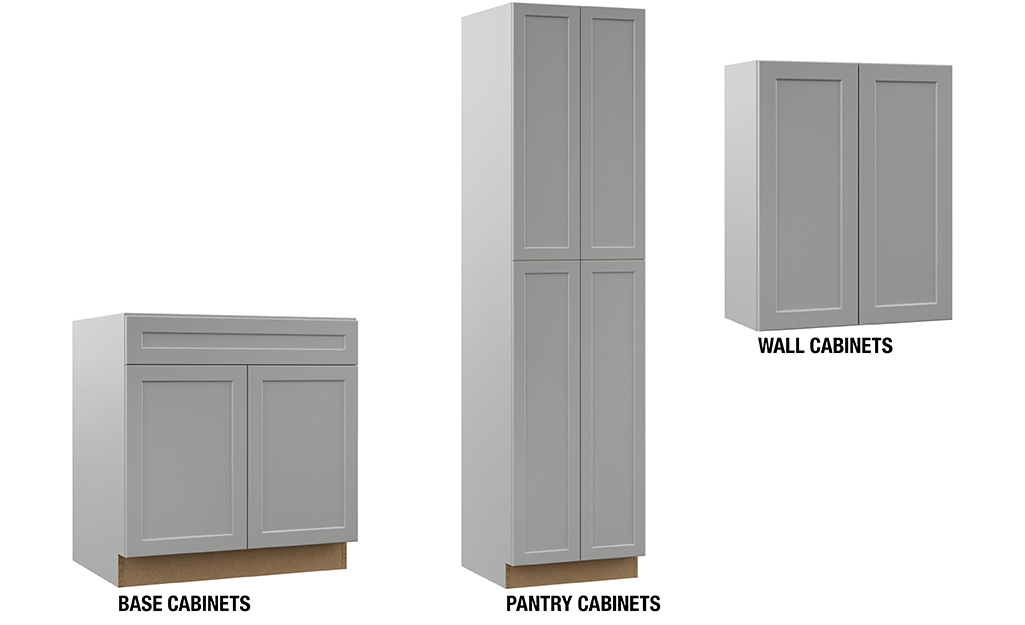

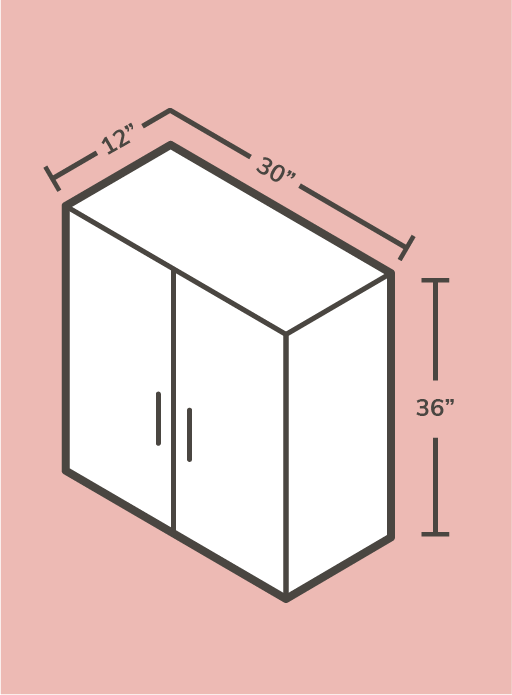
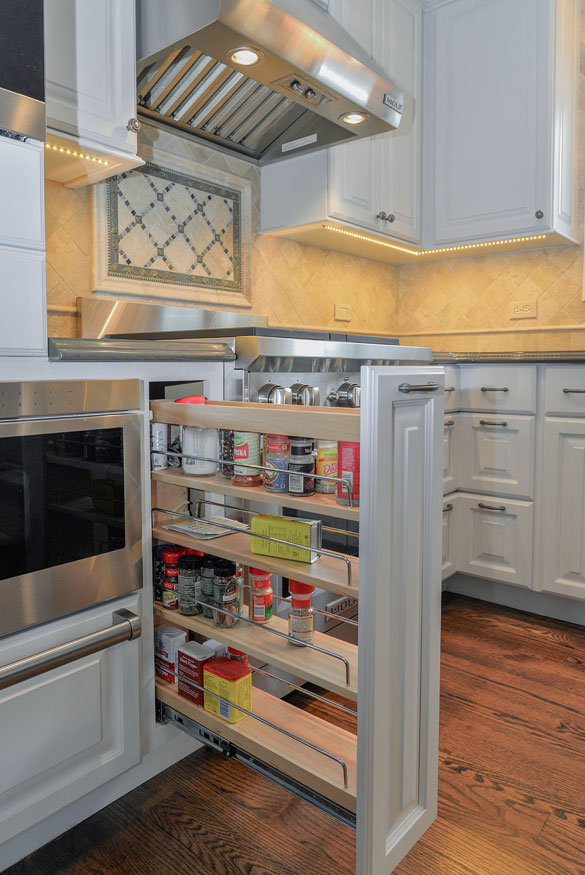
:max_bytes(150000):strip_icc()/guide-to-common-kitchen-cabinet-sizes-1822029-tall-b54a33db9817449b8c4f12107d6b6874.png)

:max_bytes(150000):strip_icc()/guide-to-common-kitchen-cabinet-sizes-1822029_2_final-5c8961a8c9e77c0001f2ad81.png?resize=618%2C412&ssl=1)


